The images and the story of Margaret Mahy’s “A Lion in the Meadow” have almost become a part of the collective consciousness of children who grow up in Aotearoa. This year, the Māori language translation of the book: “He Raiona i roto i ngā Otaota” by Piripi Walker, was released. Krissi Smith was lucky enough to chat to Piripi about this classic book which has been given new life in te reo Māori!
(Read this interview in te reo Māori here.)
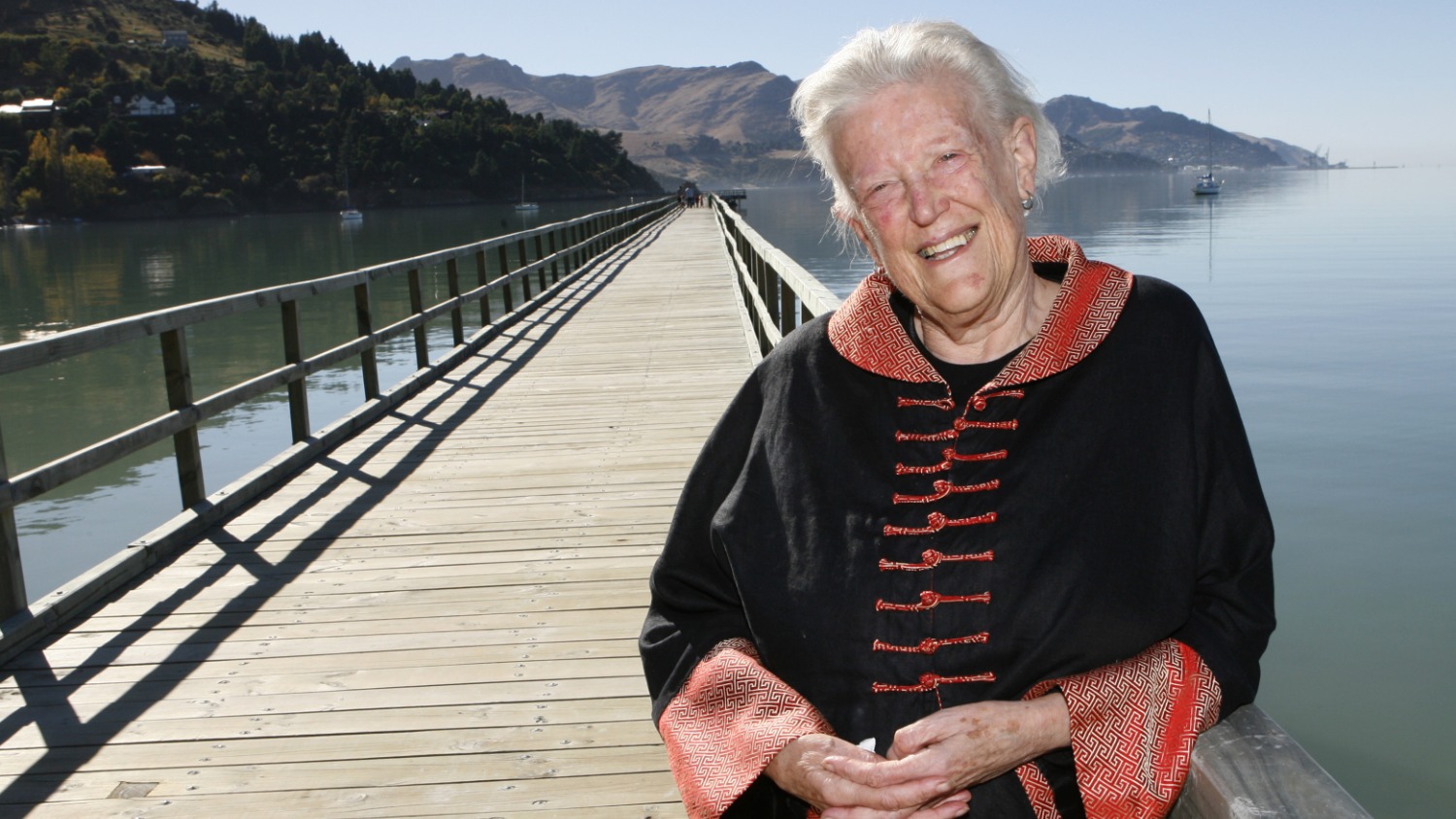
Krissi: Tēnā koe Piripi! Despite the many benefits of this digital world, it’s meant that we’ve wound up having a face-to-screen kōrero, rather than a face-to-face one! Which is all a bit weird. To set that right for ourselves, and for our readers as well, I wanted to give you a heart-felt greeting as someone who descends from the highlands of Scotland (Ngāti Kōtimana). Where do you belong to?
Piripi: I’m from Ngāti Raukawa ki te Tonga, Te Arawa, and I’m from Ngāti Kōtimana too.
K: Really? Maybe we’ve got a Scottish whakapapa connection, hehe. So, now we know where you are from, how about where your reo Māori is from? Did you grow up in a Māori speaking community?
P: I didn’t grow up speaking Māori, no. My Māori grandmother did use te reo though, as I was growing up, and her mother was a native speaker. I started learning at Hiruhārama, on the Whanganui river, when I was 17. I stayed with of one of the kuia of the pā – I was with her in her kitchen. She was the kuia of that region who was responsible for carrying the tikanga associated with tangihanga. I was her helper – I’d fish for eels and chop the veges. I also learned te reo while I was at the Gear Meatworks.
After that, when I was 22, I studied te reo Māori at Victoria University under Hirini Moko Mead and the rest. I also got involved in the language revitalisation efforts of Ngāti Raukawa, Te Ātiawa and Ngāti Toa Rangatira that was called Whakatupuranga Rua Mano / Generation 2000. Then when I went home to work on our marae I was taught more by my elders about the reo of my own iwi.
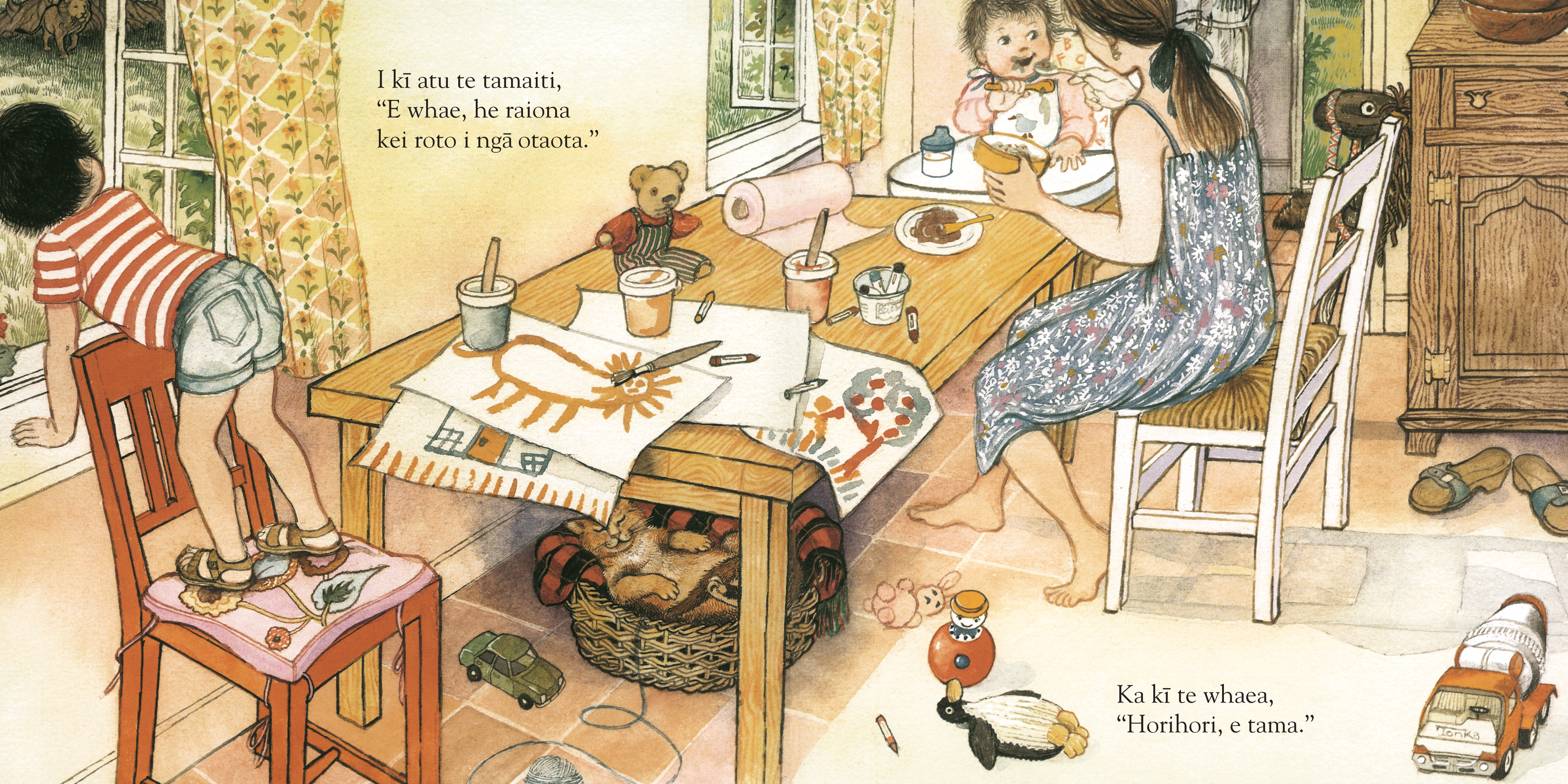
K: You’ve told me about some other kid’s books you’ve translated, such as that absolute treasure written and illustrated by Gavin Bishop: Koinei te Whare nā Haki i Hanga, as well as several books by Gay Hay and more. I also know that you were one of the editors of the ground-breaking dictionary: He Pātaka Kupu. Are you also a writer?
P: Yes, I’ve written some books about the history of my iwi.
K: And what about this book that you’ve just been working on. Whose idea was it to translate He Raiona i roto i ngā Otaota?
P: It was the team at Hachette (the publishers).
K: And what were your thoughts about the English language version by Whaea Margaret Mahy? Had you already read the book to your own kids?
P: Yeah, I read it to them when they were young. It’s a beautiful book, kids really enjoy it. Children love lions and tigers – they’re big, they might eat you, they’re scary, they’re exciting!
K: This book is such big deal to so many people – why do you think people love it so much?
P: Margaret Mahy’s words are just beautiful. She was incredibly talented at writing stories, able to put words together like you would hear in a whakataukī. The illustrations are also wonderful.
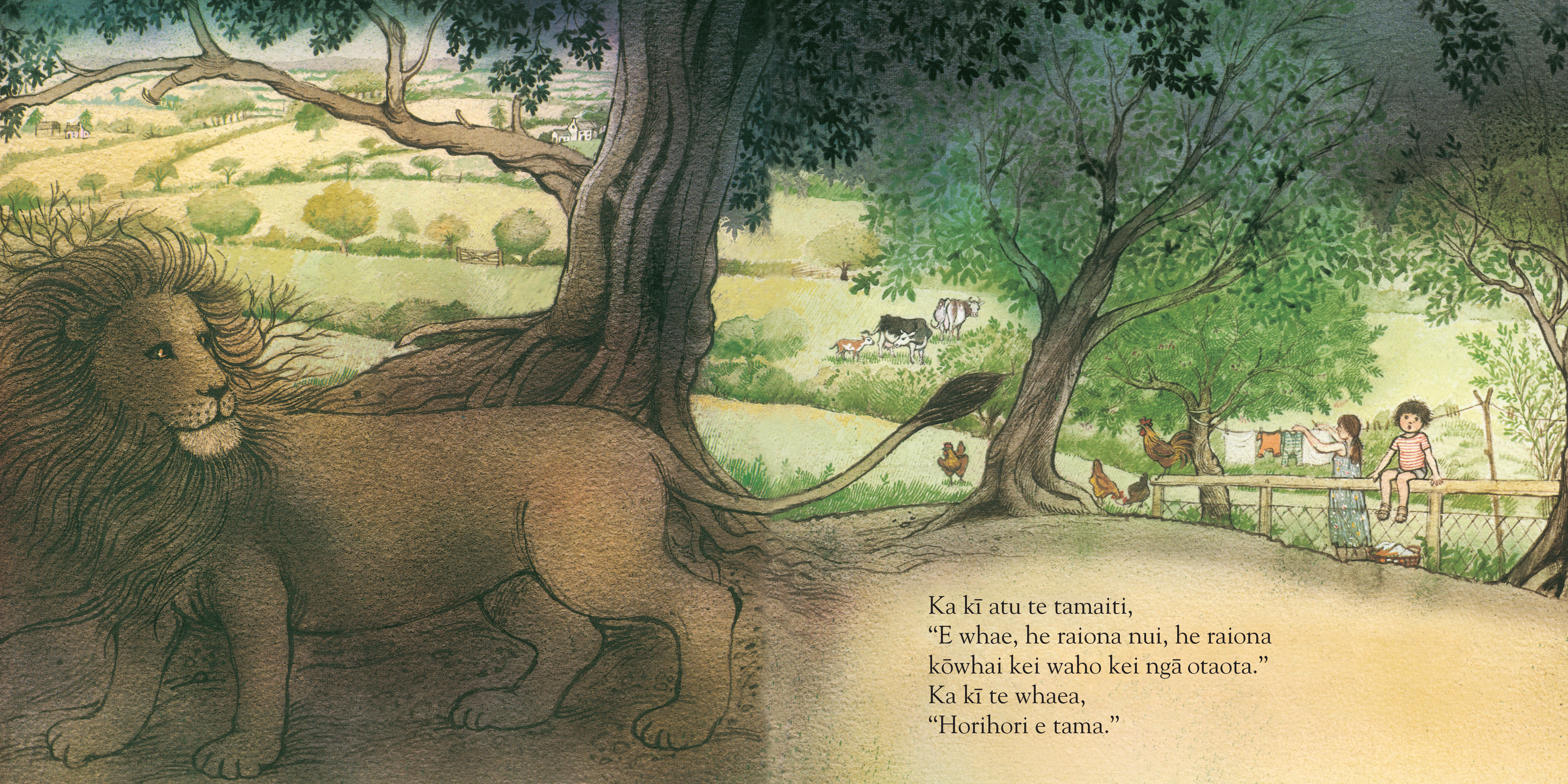
Like I said, lions are scary, whereas your home is completely safe. Outside, in the meadow, by the trees, there are things which might scare a child but also these are places that a child will want to go and explore. Inside it’s safe, but outside is another world. This is how all kids are, they cling to Mum and they know they’re safe, but they go away from Mum and there’s potential danger. This book gives children the opportunity to explore those exciting “outside” spaces in their imagination.
K: I really enjoyed your translation of this book. Thank you! One thing I noticed was the way that you followed the path that Margaret Mahy set out when she wrote the English words. Beautiful, clear, simple language for the most part, with a sprinkling of more challenging and exciting words as a garnish. Like in this sentence: ‘Ka pakaru mai tetahi raiona nui whakaharahara, raiona ngengere, raiona kumikumi nui ki roto.’ How did that process work for you?
P: That’s it really, I committed to follow in the footsteps of Margaret: making most of the words simple and clear, and then a few difficult ones here and there. So that kids who are reading the book will come across a few new terms. I always say each sentence aloud to myself before I write it down so that I know the rhythm is right before I put it to paper.
This a rule really, for all mahi Māori, the same as for composing pātere or haka, so that you know the flow of the sentence will stand up well when it’s delivered aloud. It’s even the same as carving a waka, or tattooing a moko, or carving a table or chair – you make sure it’s even so it doesn’t wobble.
K: Do you see any special challenges in the job of translating children’s books?
P: The most important thing is that the words are simple. So that a child can look at it once, or hear it once and understand what that word means, what that sentence is about. It’s important to write with words that are used in everyday spoken language. Not a bunch of brand new words.
Secondly, the sentences should all sound pleasant – both to the child and to the parent who is reading it.
Thirdly, it should be fun and exciting to say the words aloud. The Māori words should be really beautiful to read aloud or to sing. Those are the types of words I chose for this book.
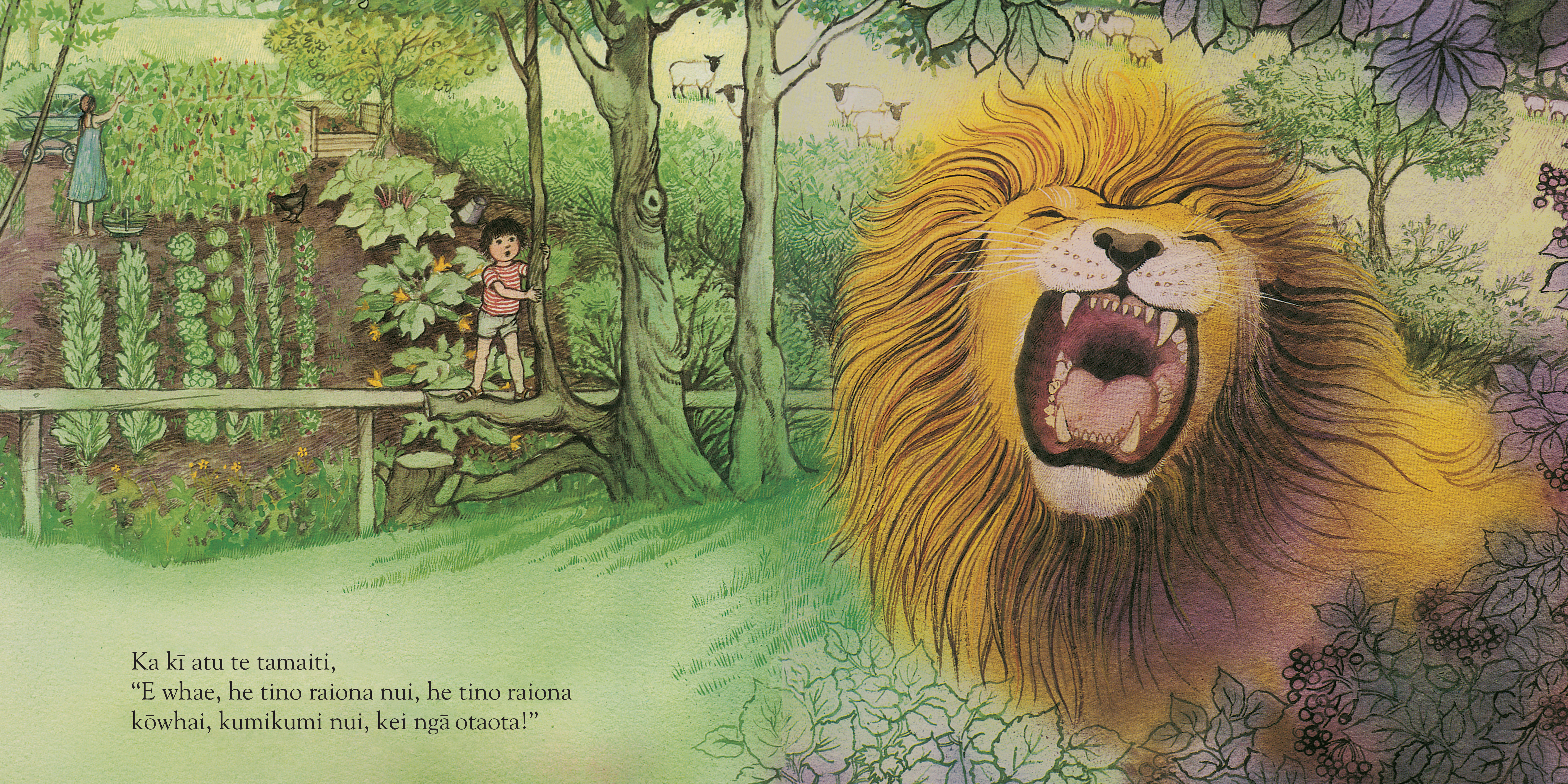
K: Something I really love about this book is the way the story interweaves the ‘real’ world with the ‘magical’ world. Margaret Mahy is well-known for this style of storytelling and, interestingly, so are a lot of Māori writers and storytellers. Would you agree with that?
P: Yes, I do agree with that. Also, children are forever pulling from both worlds in their imaginations and that is the source of their many games.
K: I’m a mum – my daughter is seven, and Māori language books are a real taonga in our house. Do you have grandchildren? Do they read the book?
P: I have seven mokopuna. I read this book to the Māori-speaking ones. The original is such a well-known book to children everywhere.
K: To finish up – who are your favourite Māori writers of children’s books? And what was your favourite book when you were a kid?
P: Te Rangihaeata is my absolute favourite writer for Māori children – all the stories about Māui – and I also love Te Rangikāheke of Te Arawa – everything from the tales of Kae and Tutunui to the ones about Hatupatu and Kurangaituku.
It’s important that our Māori children can grow up knowing the pūrākau about their atua, tūpuna, taniwha and about Hawaiki as well. That this isn’t something that is lost. These stories have all been given new life in the literature of the 1800s. It’s possible for us to dig them up again, to learn them again, to say them aloud again and to read them to our children. By knowing these pūrākau, parts of our Māoritanga return to us once again so that our children grow up as Māori.
K: Wow, thank you so much for these words, e te rangatira! ‘E tupu Māori ai ā tātou tamariki’ ‘So that our children grow up as Māori’ – that’s the kōrero to end on, I think.
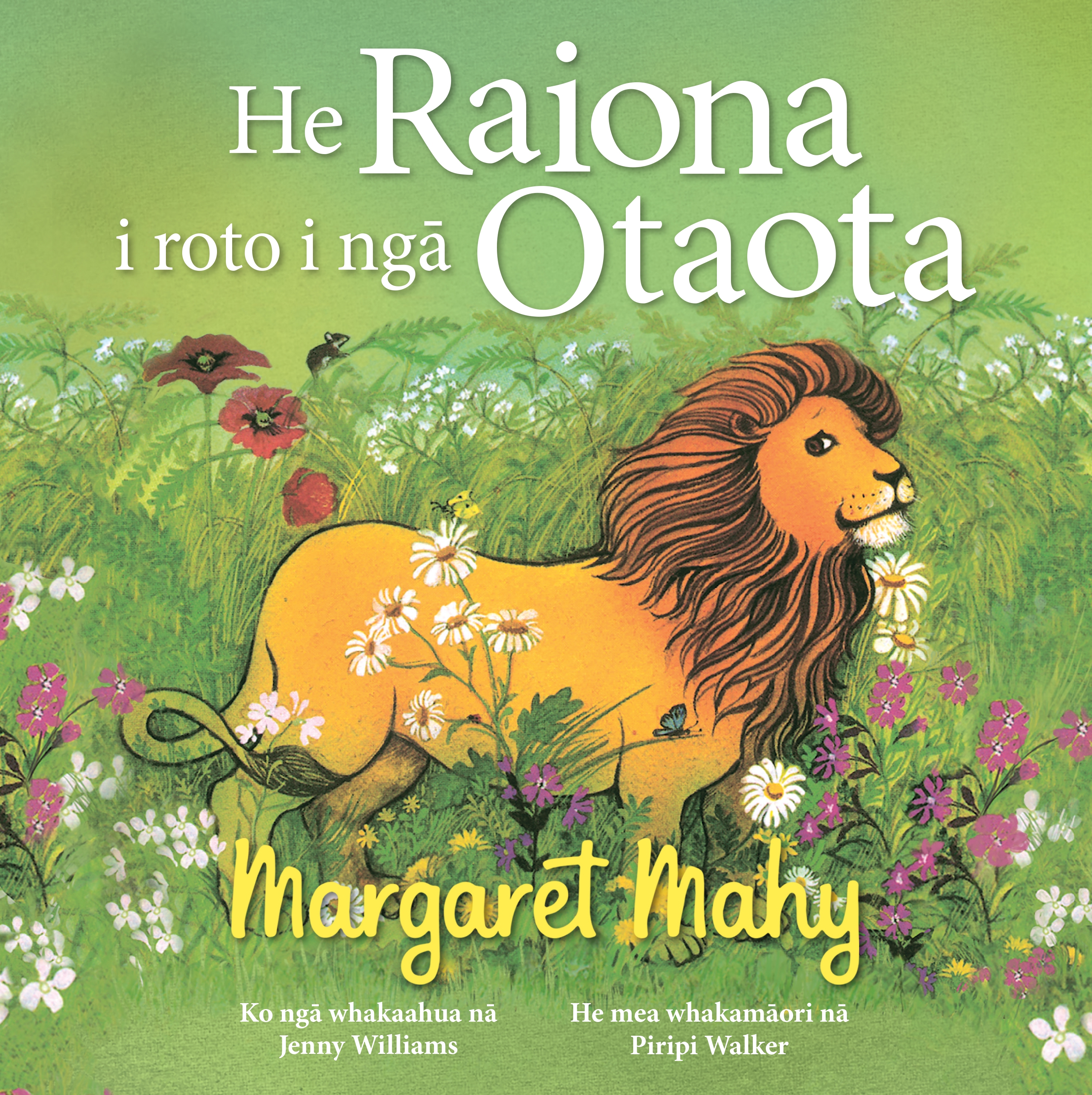
HE RAIONA I ROTO I NGĀ OTAOTA
nā Margaret Mahy
ko ngā whakaahua nā Jenny Williams
he mea whakamāori nā Piripi Walker
Hachette
RRP $22
Krissi Smith
Kua roa a Krissi e noho ana i Te Whanganui a Tara nei, i roto rawa i te rohe o Te Āti Awa nō runga i te rangi. Heoi, nō Kōterani kē ōna tīpuna - he tangata mau panekoti, he tangata noho maunga, he tangata whai huruhuru! Kotahi tāna tamāhine haututū - ko Nina Manaia te tou tīrairaka. Nō Rongomaiwahine, nō Ngāti Kahungunu, nō Te Āti Haunui a Pāpārangi hoki tāna hoa wahine. Kua waimarie ia i tana mōhio ki te reo Māori, he taonga nui i kohaina mai i ōna pouako, i ōna tuākana, i ōna hoa anō hoki. I ēnei rā, he kaiako reo Māori ia, he kaituhi, he kaiwhakahaere tānga hoki ki Te Whare Ture Hapori o Te Whanganui a Tara me Te Awa Kairangi. Engari, ko tana tino hiahia i tēnei wā, ko te takoto noa i te moenga mō te rā katoa, pānui pukapuka ai.



